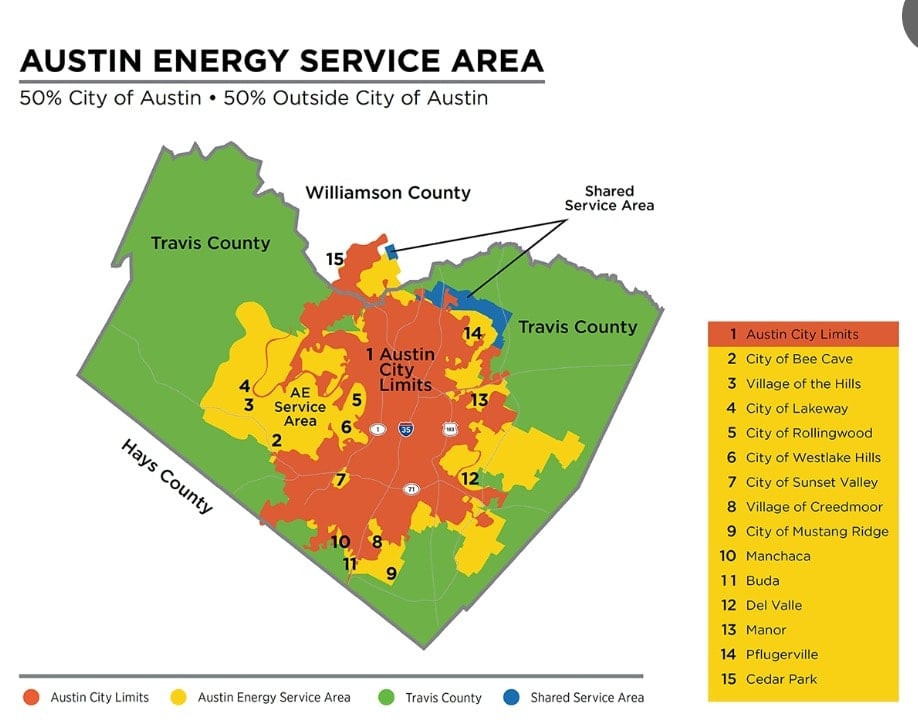
Austin's Extraterritorial Jurisdictions (ETJs)
housing market, austin housing market, austin housing, austin market, austin real estate, austin realtor, austin home prices Jennifer Martin August 3, 2023

housing market, austin housing market, austin housing, austin market, austin real estate, austin realtor, austin home prices Jennifer Martin August 3, 2023

housing market, austin housing market, austin housing, austin market, austin real estate, austin realtor, austin home prices Jennifer Martin August 3, 2023
I. What is an ETJ (Extraterritorial Jurisdiction)
Austin's extraterritorial jurisdictions (ETJ) are a vital aspect of the region's governance and planning. As a dynamic and rapidly growing area, Austin faces the challenge of managing development while preserving its unique character and natural resources. The ETJ grants local authorities the ability to regulate and guide growth in areas adjacent to the city, ensuring a well-coordinated and sustainable approach to land use and development.
The extraterritorial jurisdiction (ETJ) is the unincorporated land within 5 miles of Austin’s full purpose city limit not within the city limits or ETJ of another city. Austin’s ETJ currently extends into 4 counties including Williamson, Travis, Hays, and Bastrop. From time to time, two cities may agree to adjust their ETJ boundaries to achieve more logical boundaries. A City Council making a request for an ETJ adjustment should direct it to the Mayor with copies to the City Manager and appropriate Planning and Zoning Department staff. All adjustments are evaluated according to the City’s ETJ Policy (Web) in order to ensure that they will not negatively impact Austin’s interests.
In this blog post, we will delve into the concept of extraterritorial jurisdiction and explore the significance, understand its historical background, and examine the role it plays in regulating land use and development. By gaining a deeper understanding of Austin's ETJs, we can appreciate the complexities and opportunities it presents for shaping the region's future in a responsible and thoughtful manner.
II. Understanding Extraterritorial Jurisdiction (ETJ)
Explaining the concept of ETJ and its significance
Extraterritorial jurisdiction (ETJ) refers to the legal authority of a governing body to enforce certain regulations and exert control over areas beyond its official boundaries. It allows local governments to influence land use, zoning, and development decisions in neighboring regions. The significance of ETJ lies in its ability to manage growth, promote orderly development, and protect the interests of both the core jurisdiction and the surrounding areas.
Historical background of ETJ in the United States
The concept of extraterritorial jurisdiction has its roots in the history of urban planning and municipal governance in the United States. It emerged as a response to the challenges posed by urban expansion and the need for coordinated development beyond city limits. Historically, ETJ has been employed to address issues such as annexation, zoning control, and the extension of services into growing suburban areas.
Role of ETJ in regulating land use and development
ETJ plays a crucial role in regulating land use and development by extending the authority of a local government. It allows them to apply zoning ordinances, building codes, and other regulations to areas outside their immediate jurisdiction. This enables governments to guide growth, ensure compatibility with existing infrastructure, protect natural resources, and maintain a cohesive development framework.
By having control over the ETJ, local authorities can proactively plan for future development, manage urban sprawl, and promote sustainable practices. It helps prevent haphazard or incompatible development, ensuring that growth occurs in a well-coordinated and organized manner. ETJ also allows governments to protect the interests of the community, safeguarding the quality of life and preserving the character of the region.
Overall, ETJ serves as a mechanism for local governments to extend their influence and exercise responsible governance beyond their official boundaries, fostering a balanced and thoughtful approach to land use and development.
Boundaries and Scope of Austin's ETJ
The boundaries of Austin's ETJs encompass the areas surrounding the core jurisdiction of the city. These boundaries are carefully established to include areas that are likely to experience growth and development, providing the city with the ability to shape and guide that expansion. The extent of the ETJ is typically determined through comprehensive planning processes and takes into account factors such as infrastructure, economic potential, and environmental considerations.
The Purpose and Functions of Austin's ETJ
The primary purpose of Austin's ETJ is to ensure orderly and sustainable growth. By extending regulatory authority beyond the city limits, local officials can influence land use decisions, zoning regulations, and infrastructure planning in the adjacent areas. This helps maintain a balance between urban development and the preservation of natural resources, scenic landscapes, and community character.
Benefits and Challenges of Austin's ETJ
The ETJ offers several benefits to Austin and its surrounding areas. It allows for long-term planning and coordinated development, ensuring that infrastructure, utilities, and services keep pace with growth. Additionally, it helps protect environmentally sensitive areas, preserves wildlife habitats, and fosters a higher quality of life for residents.
However, the ETJ also presents challenges and criticisms. Landowners may sometimes feel restricted by the regulations imposed on their properties, which can lead to conflicts with regulatory authorities. Concerns may arise regarding potential limitations on property rights and the decision-making process. Furthermore, ensuring adequate representation and community involvement within the ETJ can be a challenge that needs to be addressed.
Planning and Development in Austin's ETJ
Planning and development within Austin's ETJ require a collaborative approach. Local government entities, landowners, developers, and community stakeholders must work together to establish comprehensive plans, zoning regulations, and development guidelines. Public input mechanisms and engagement opportunities play a crucial role in creating a shared vision for the region's future.
Balancing Growth and Preservation in Austin's ETJ
One of the key considerations within Austin's ETJ is striking a balance between accommodating growth and preserving the region's natural and cultural assets. Careful land use planning, conservation strategies, and sustainable development practices are vital in order to protect the environment, maintain scenic beauty, and safeguard the area's unique identity.
Future Considerations and Potential Changes to Austin's ETJ
As Austin continues to evolve, the ETJ may require periodic evaluation and potential modifications. Demographic shifts, changing development patterns, and infrastructure needs could influence the boundaries and scope of the ETJ.
III. Austin's Extraterritorial Jurisdiction: Scope and Boundaries
Austin's ETJ
Austin's extraterritorial jurisdiction (ETJ) refers to the area beyond the official boundaries of the city of Austin that falls under the regulatory influence of the city government. It grants the city the authority to extend its planning and zoning regulations, as well as certain services, into the surrounding regions. The ETJ allows Austin to exert control over land use, development, and growth in these areas, ensuring alignment with the city's goals and preserving its interests.
Stay up to date on the latest real estate trends.

home selling mistakes, how to sell your home, common mistakes when selling a house, how to choose a real estate agent, home upgrades that add value, best way to sell your house, real estate listing tips, how to get top dollar for your home, home selling tips 2025
Avoid these 5 common home-selling mistakes and learn how to prep, price, and present your home for top dollar in 2025.

housing affordability 2025, 30% rule, home budget tips, buying a home 2025, mortgage affordability, real estate advice, first-time homebuyer tips
How to Buy a Home Without Blowing Your Budget

Austin TX real estate
Austin’s not just vibing — we’re officially thriving. 🏆 Ranked Top 10 in everything from coffee to clubbing to hybrid work, ATX continues to prove why it’s one of the… Read more

homebuyer opportunities, seller concessions, housing inventory 2025, builder price cuts, shrinking down payments, investor home sales, real estate market shift
Buyers are finally getting leverage. Here are 5 data-backed reasons that home buyers have more opportunities right now than in the past few years.

Real Estate, south Austin real estate, south Austin homes, southwest Austin real estate, south austin Neighborhoods, southwest Austin Neighborhoods
Warren Buffett Analysts Call This Trend a Housing Goldmine

open house

housing market, austin housing market, austin housing, austin market, austin real estate, austin realtor, austin home prices
Home Projects with the Highest ROI (and Joy) in 2025

housing market, austin housing market, austin housing, austin market, austin real estate, austin realtor, austin home prices
The Triple Threat to Home Staging

housing market, austin housing market, austin housing, austin market, austin real estate, austin realtor, austin home prices
Worried About the Economy? Here’s What It Means for Homebuyers
Get assistance in determining current property value, crafting a competitive offer, writing and negotiating a contract, and much more. Contact Jen today.